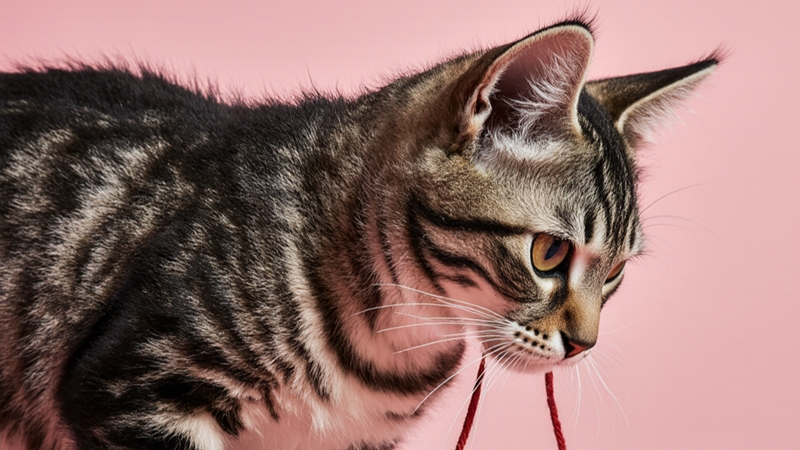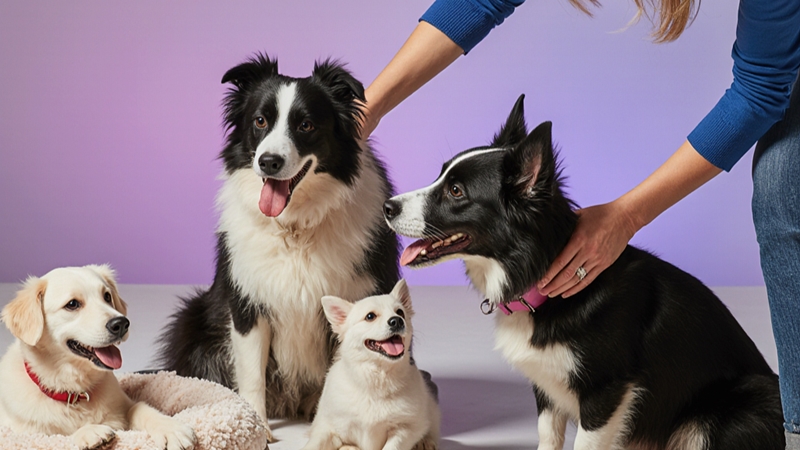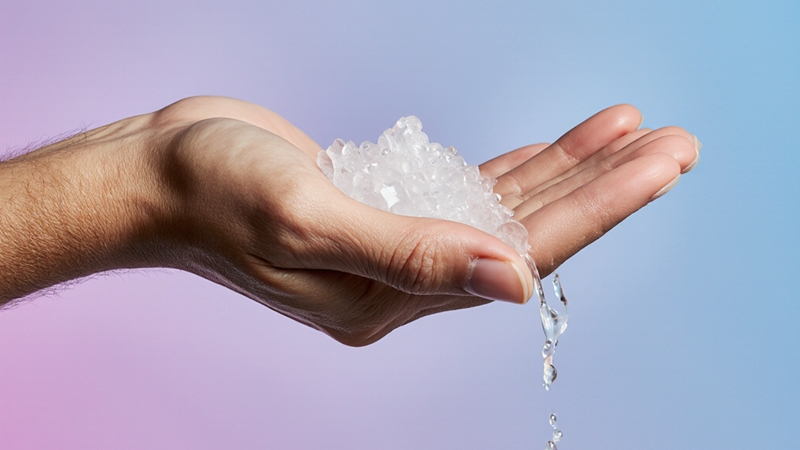Uncategorized
Keeping Hands Clean After Pet Care
Introduction
Taking care of a pet is a joyful and rewarding experience. Whether it’s a dog, a cat, a rabbit, or even a bird, pets bring happiness and love into our lives. However, taking care of a pet also comes with responsibilities, including keeping ourselves clean and healthy. One of the most important habits for pet owners is keeping hands clean after pet care.
Many people do not realize how much dirt, bacteria, and even parasites can be transferred from a pet to human hands during daily activities. Simple tasks like feeding, grooming, cleaning litter boxes, or even petting can expose your hands to germs. These germs can cause infections, allergies, and even serious illnesses if we don’t practice good hygiene.
In this blog post, we will explore why keeping hands clean after pet care is essential, how to do it correctly, and some tips that every pet owner should know.
Why Is Hand Hygiene Important After Pet Care?
Pets live close to the ground. They walk, sit, and play in areas that are often dirty. Even indoor pets are not completely free from germs. Here are some common ways your hands can get dirty after handling a pet:
- Touching Pet Fur and Skin: A pet’s fur can carry dust, dirt, pollen, and germs from outside. Even if your pet looks clean, it might still carry microscopic bacteria or allergens.
- Cleaning Pet Waste: Scooping litter boxes, picking up dog poop, or cleaning bird cages exposes you to harmful bacteria like E. coli and Salmonella.
- Feeding Pets: Handling raw pet food or touching food bowls can lead to cross-contamination.
- Pet Saliva and Drool: When a pet licks your hand or face, it transfers germs from its mouth to your skin.
- Pet Illnesses and Parasites: Some pets carry parasites like fleas, ticks, or mites that can be transferred to humans through touch.
If hands are not washed properly after pet care, these germs can enter your body when you touch your face, eat food, or handle other items.
When Should You Wash Your Hands After Pet Care?
You don’t need to obsess over washing your hands every single minute, but there are certain moments when handwashing is absolutely necessary:

- After touching or handling your pet.
- After feeding your pet or touching food and water bowls.
- After cleaning up pet waste (litter box, dog poop, bird cage, etc.).
- After handling pet toys, bedding, or grooming tools.
- After applying flea treatments or giving medicine to your pet.
- After your pet licks or drools on your hands.
- Before preparing food for yourself or your family.
- Before eating or drinking.
How to Wash Your Hands Properly After Pet Care
Washing hands might seem simple, but there’s a right way to do it to make sure germs are completely removed.
Steps for Effective Hand Washing:
- Use Clean Running Water: Wet your hands under warm or cold running water.
- Apply Soap: Any regular soap works well. Antibacterial soap is not necessary.
- Lather and Scrub Thoroughly: Rub your hands together to create a good lather. Scrub the backs of your hands, between your fingers, under your nails, and around your wrists.
- Scrub for at least 20 seconds: You can sing the “Happy Birthday” song twice to time yourself.
- Rinse Well: Wash off all the soap under running water.
- Dry with a Clean Towel: Use a clean hand towel or paper towel. Avoid using shared or dirty towels.
What if Soap and Water Are Not Available?
Sometimes, you might not have access to soap and water, especially when you’re outside with your pet. In such cases:
- Use a hand sanitizer that contains at least 60% alcohol.
- Apply enough sanitizer to cover all surfaces of your hands.
- Rub your hands together until they feel dry (around 20 seconds).
Note: Hand sanitizers do not remove dirt or chemicals, but they can reduce many types of germs quickly.

Extra Tips for Keeping Hands Clean in a Pet-Friendly Home
Besides washing your hands, there are other steps you can take to maintain hygiene when you live with a pet:
Keep Pet Living Areas Clean
- Regularly clean your pet’s bedding, toys, and food bowls.
- Vacuum your home often to remove pet hair and dander.
- Disinfect areas where your pet spends most of its time.
Groom Your Pet Regularly
- Brush your pet to reduce shedding and dirt buildup.
- Bathe your pet as needed (depending on the species and breed).
- Check for fleas, ticks, or any skin infections.
Teach Kids to Wash Hands After Petting Animals
Children often forget to wash their hands after playing with pets. Make sure to teach them the importance of hand hygiene and supervise them until it becomes a habit.
Use Gloves for Certain Tasks
When cleaning litter boxes or dealing with any pet waste, consider wearing disposable gloves to add an extra layer of protection.
Common Mistakes People Make with Pet Hygiene
Even responsible pet owners sometimes make hygiene mistakes without realizing it. Here are a few common ones:
- Not washing hands after petting a pet.
- Touching food with dirty hands after pet care.
- Using the same towel for hands and pet drying.
- Letting a pet lick open wounds or cuts.
- Not cleaning pet toys or food bowls regularly.
Conclusion: A Simple Habit That Protects Your Health
Keeping hands clean after pet care is a small habit that can protect you and your family from unnecessary illnesses. While your pet is a beloved companion, it’s important to remember that animals naturally carry germs. Practicing good hand hygiene does not mean you love your pet any less—it simply means you are taking care of your health responsibly.
By following simple steps like washing hands after handling pets, cleaning their living areas, and teaching these habits to your family, you can enjoy the joy of pet ownership while keeping everyone safe and healthy.
You can easily find more of our blogs on Sanixway blog section!

